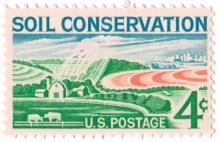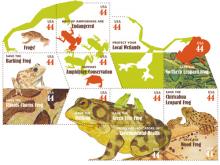Zwitserleven - Syngenta heeft een nettowinst gerealiseerd van 1,41 miljard dollar, 5% minder dan over de eerste 6 maanden van 2012
Het Zwitserse agroconcern Syngenta heeft over het eerste half jaar van 2013 een nettowinst gerealiseerd van 1,41 miljard dollar. Dat is 5% minder dan over de eerste 6 maanden van 2012. De omzet nam met 2% toe tot 8,4 miljard dollar. Het operationele resultaat EBITDA steeg met 9% tot 2,2 miljard dollar en de operationele marge lag op 26,0%. In de eerste helft van 2012 bedroeg de marge 24,9%. Voor de tweede helft van 2013 rekent Syngenta op meer groei van de omzet, vanwege de vooruitzichten in Latijns Amerika, Azië en de Pacific. De onderneming blijft inzetten op een gemiddelde EBITDA-marge tussen 22 en 24% in 2015.










